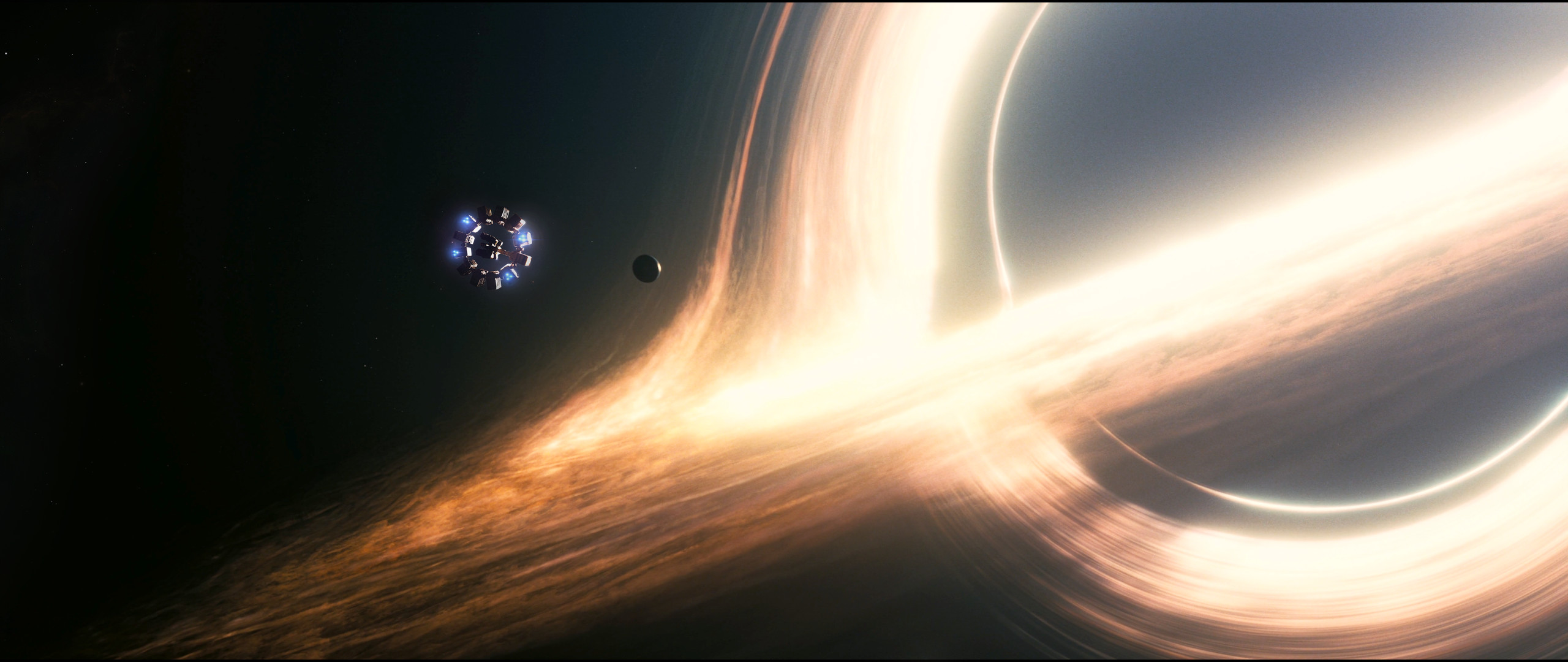Interstellar space refers to the region beyond our solar system, where the Sun’s influence is negligible. It is a vast and largely unexplored frontier, filled with stars, galaxies, and other celestial objects.
Characteristics of Interstellar Space
- Low Density: Interstellar space is extremely low density, with only a few atoms of gas per cubic meter.
- Magnetic Fields: Interstellar space is permeated by magnetic fields that can influence the behavior of charged particles.
- Cosmic Rays: High-energy particles known as cosmic rays travel through interstellar space at near-light speeds.
- Interstellar Dust: Interstellar space contains tiny particles of dust that can absorb and scatter light.
Exploration of Interstellar Space
The Voyager 1 and Voyager 2 spacecraft, launched in 1977, were the first to enter interstellar space. These probes have provided valuable information about the properties of this region, such as the density and composition of the interstellar medium.
Challenges of Interstellar Travel
Interstellar travel presents significant challenges due to the vast distances involved. Even at the speed of light, it would take thousands of years to reach the nearest star system. Additionally, the harsh conditions of interstellar space, such as radiation and micrometeoroid impacts, pose a threat to spacecraft and astronauts.
Future Prospects
Despite the challenges, interstellar travel remains a tantalizing goal for humanity. Breakthroughs in propulsion technology, such as nuclear fusion or solar sails, could make interstellar travel possible in the future.
Interstellar space is a vast and mysterious frontier, and there is much to be learned about this region of the universe. As we continue to explore and study interstellar space, we may uncover new and exciting discoveries about the cosmos and our place within it.
